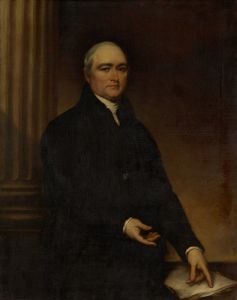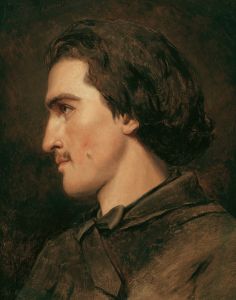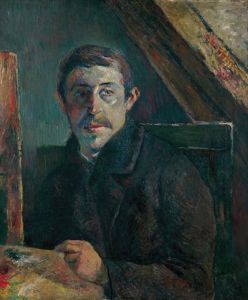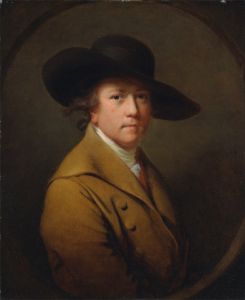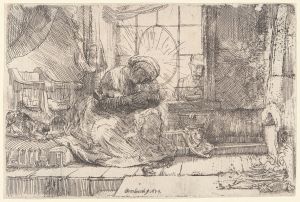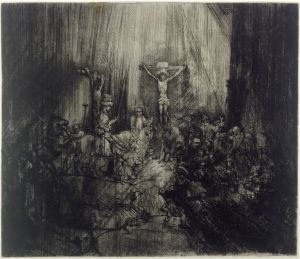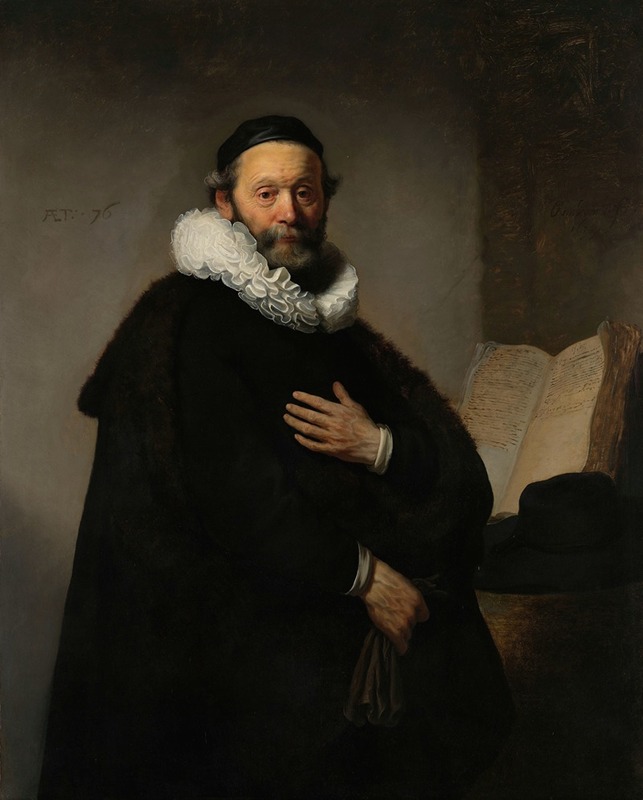
Johannes Wtenbogaert
A hand-painted replica of Rembrandt van Rijn’s masterpiece Johannes Wtenbogaert, meticulously crafted by professional artists to capture the true essence of the original. Each piece is created with museum-quality canvas and rare mineral pigments, carefully painted by experienced artists with delicate brushstrokes and rich, layered colors to perfectly recreate the texture of the original artwork. Unlike machine-printed reproductions, this hand-painted version brings the painting to life, infused with the artist’s emotions and skill in every stroke. Whether for personal collection or home decoration, it instantly elevates the artistic atmosphere of any space.
Johannes Wtenbogaert by Rembrandt van Rijn is a notable painting created by the renowned Dutch artist Rembrandt Harmenszoon van Rijn. This artwork is a portrait of Johannes Wtenbogaert, a significant figure in the religious and political landscape of the Dutch Republic during the early 17th century. Wtenbogaert was a prominent Remonstrant preacher and theologian, known for his involvement in the Arminian controversy, which was a theological dispute within the Dutch Reformed Church.
Rembrandt, who lived from 1606 to 1669, is one of the most celebrated painters in Western art history, renowned for his masterful use of light and shadow, as well as his ability to capture the human soul in his portraits. His work spans a variety of subjects, including portraits, landscapes, and biblical scenes. The portrait of Johannes Wtenbogaert is a testament to Rembrandt's skill in rendering the character and personality of his sitters.
The painting depicts Wtenbogaert in a seated position, exuding an air of dignity and wisdom. Rembrandt's use of chiaroscuro, the contrast between light and dark, is evident in this work, highlighting the facial features and expressions of Wtenbogaert. This technique not only adds depth to the painting but also emphasizes the contemplative nature of the sitter. The details in the clothing and the texture of the skin are rendered with meticulous care, showcasing Rembrandt's attention to detail and his ability to convey realism.
Johannes Wtenbogaert was born in 1566 and played a pivotal role in the religious debates of his time. As a leader of the Remonstrants, he advocated for a more lenient interpretation of predestination, which was in opposition to the strict Calvinist views held by the majority of the Dutch Reformed Church. This theological disagreement led to significant political and social tensions within the Dutch Republic, culminating in the Synod of Dort (1618-1619), where the Remonstrant position was officially rejected.
The portrait of Wtenbogaert by Rembrandt is believed to have been painted around 1633, during a period when Rembrandt was establishing himself as a leading portrait artist in Amsterdam. This was a time of great prosperity for the city, and Rembrandt's clientele included wealthy merchants, scholars, and prominent figures like Wtenbogaert.
The painting is part of the collection of the Rijksmuseum in Amsterdam, which houses an extensive collection of Rembrandt's works. The museum provides insight into the cultural and historical context of the Dutch Golden Age, a period marked by economic growth, artistic innovation, and religious conflict.
In summary, Johannes Wtenbogaert by Rembrandt van Rijn is a significant work that not only showcases the artistic prowess of Rembrandt but also reflects the complex religious and political landscape of the Dutch Republic in the 17th century. Through this portrait, viewers gain insight into the character of Wtenbogaert and the broader historical context in which he lived.





